Author: Dan Popescu
-
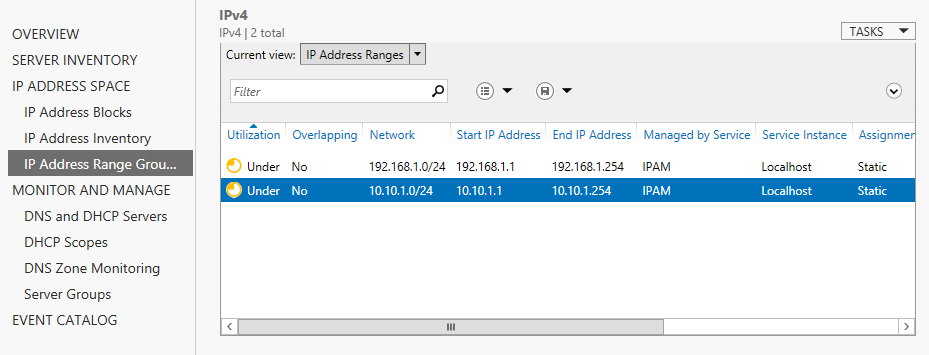
Configuring IPAM IP address spaces
In our previous IPAM article we’ve started discussing about this brand new technology that was introduced with the release of Windows Server 2012. We’ve seen how to install and configure IPAM and we’ve also managed to add a server to our IPAM database. In this article I want to further dive into the features that […]
-

7 Simple Steps to Configure IPAM in Windows Server 2012
IP address management (IPAM) is a new feature introduced in Windows Server 2012 that allows you to configure, manage and have a general overview of the network’s IP addresses and ranges. With IPAM, you can search for desired IP addresses and ranges, manage and configure DHCP scopes and DNS entries, view the status of your […]
-
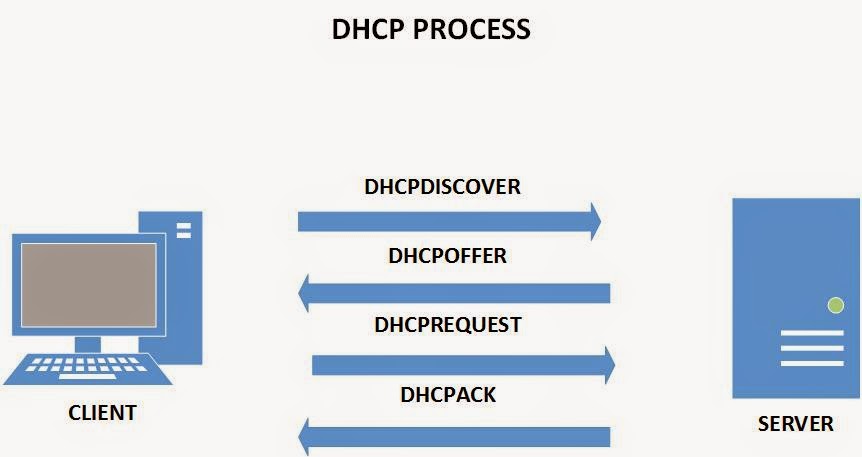
How to install and configure a DHCP Server on a Linux machine – Part 2
Hi folks, In the previous article we’ve configured a CentOS machine and installed the DHCP package. We’ve then created a sample configuration file for our machine, but we haven’t finished deploying our DHCP server yet. In this article we’ll finish our configuration and hopefully, we’ll be able to obtain an IP address lease from our DHCP machine. […]
-

How to install and configure a DHCP Server on a Linux machine -Part 1-
Hello dear readers, In today’s article I will show you how to create your Linux DHCP server. DHCP or Dynamic Host Control Protocol is a service that provides automatic IP addressing to your network devices. The difference between assigning static IPs and using a DHCP server is that the IP assignment is done without the […]
-
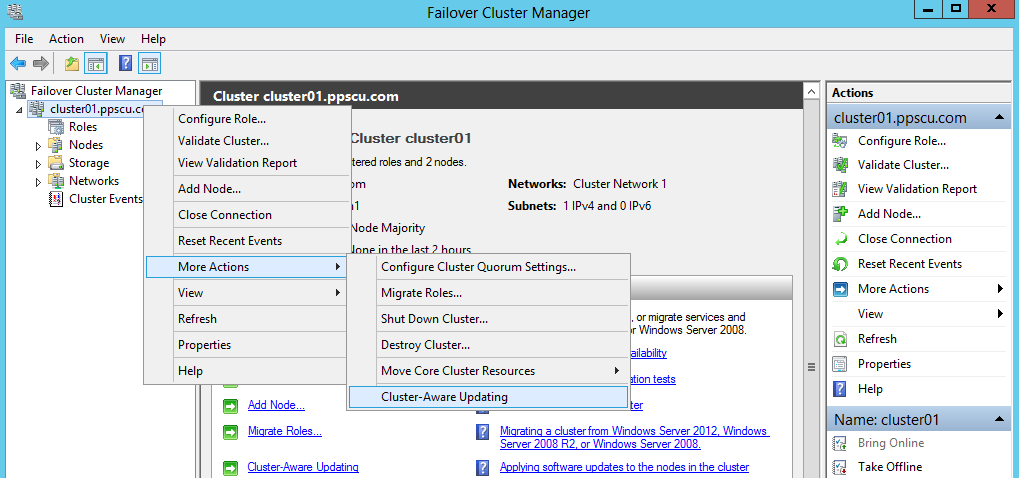
Scale-Out Windows File Servers
Scale-Out File Server is a new feature introduced in Windows Server 2012 Edition which allows you to deploy a File Server with advanced functionalities. If you’ve worked with previous Windows Server Editions you probably know that you can configure a File Server for high availability within a failover cluster. I’ve configured previously this role in […]
-
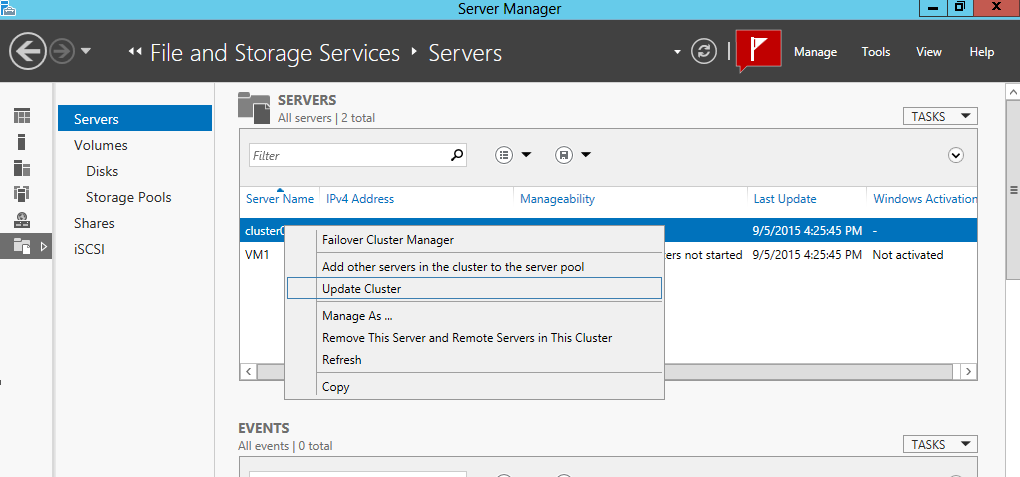
High Availability Features Introduced with Windows Server 2012
With the release of Windows Server 2012 Microsoft introduced several new features to its high availability technology. In this article we will start discovering some of these new technologies and we’ll see how they’ve improved the overall functionality of failover clusters. Among these new features introduced with Windows Server 2012 are: cluster shared volumes, cluster storage […]
-
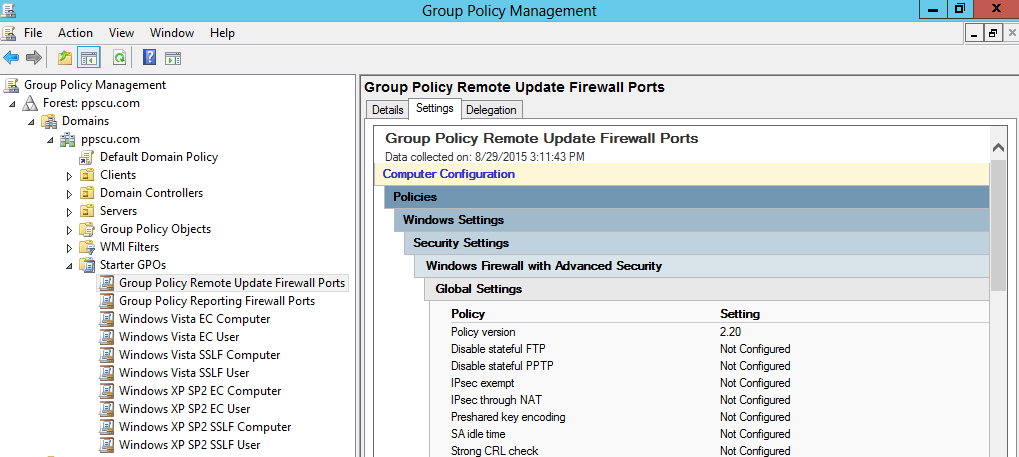
Remote Group Policy Update
With the release of Windows Server 2012 Microsoft added several new features to the server Edition. We’ve already discussed about some of these enhancements and today we’ll continue discovering another one, the remote group policy update feature. If you’ve worked on previous Windows Server Editions you know that the only way in which you could […]
-
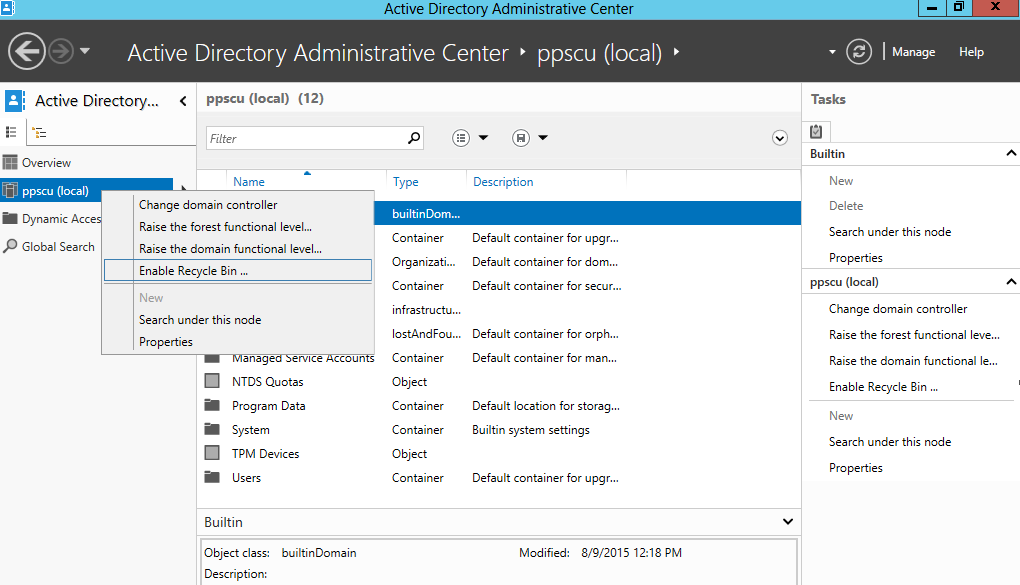
Restoring deleted objects from Active Directory using AD Recycle Bin
Windows Server 2008 R2 introduced a new way in which deleted objects can be recovered within an Active Directory infrastructure. This new feature added the so called AD Recycle Bin which enables Administrators to easily recover deleted objects. Before the Active Directory Recycle Bin was introduced, the restoration process of deleted objects was a painful […]
-

Installing and configuring DirectAccess in Windows Server 2012 – Part 2
By now we’ve learned about the main principles behind DirectAccess, its features, how to install it and we’ve started configuring it on a Windows Server 2012 box. I’ve previously pointed out that there are four main steps that needs consideration in order to successfully deploy DirectAccess, we’ve completed the first one in the last […]
-
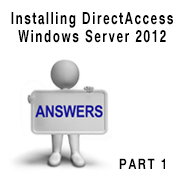
Installing & Configuring DirectAccess in Windows Server 2012 – Pt.1
In the last article we’ve scratched the surface of the remote access technology available with Windows Server 2012, named DirectAccess. I’ve tried to cover the most important aspects of DirectAccess so we can go further and discover the practical usage of this feature. The method of installing and configuring DirectAccess has been simplified with the […]